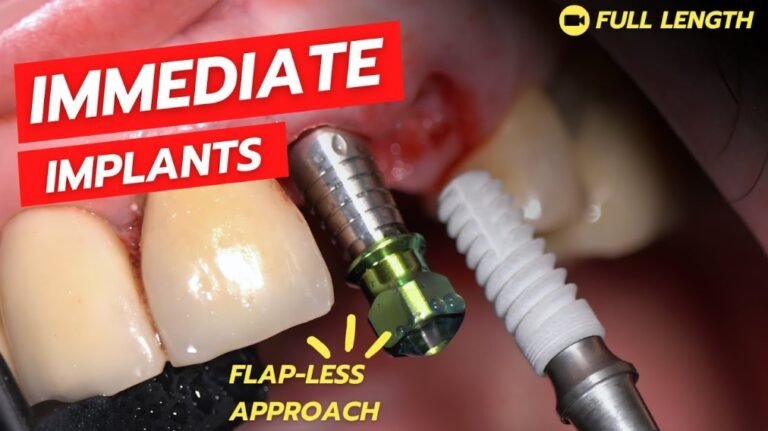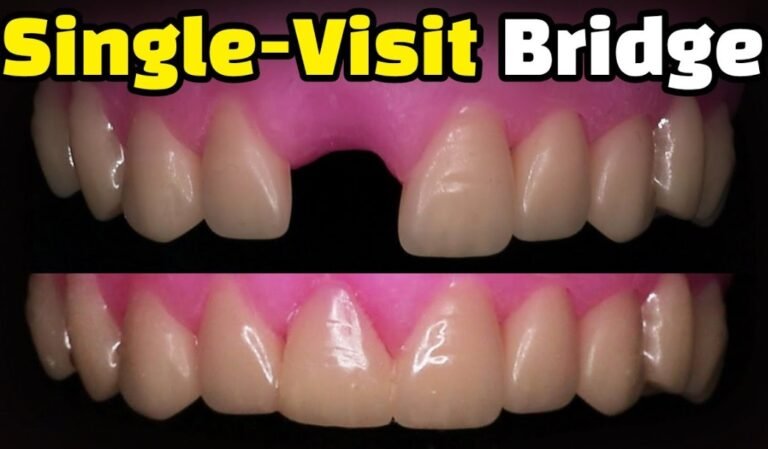Closing Diastema with Proximal Unica Matrix: A Seamless Approach for Dental Clinics
Diastema, the space between teeth, can present both aesthetic and functional concerns for patients. For dental clinic owners, staying updated with innovative techniques is crucial in delivering top-notch care. One such advancement is the use of the proximal unica matrix combined with composite bonding. This method not only simplifies the process but also yields impressive results, making it an excellent addition to your practice’s repertoire.
Understanding Diastema
Diastema can occur due to various reasons such as genetics, oral habits, or abnormal jaw development. While not harmful, many patients seek treatment for cosmetic reasons, aiming for a more uniform smile. Traditional methods to close diastema include orthodontics, veneers, and composite bonding. However, the introduction of the proximal unica matrix has revolutionized the approach, offering a more efficient and predictable outcome.
The Proximal Unica Matrix: A Game Changer
The proximal unica matrix is designed to create a perfect contour for composite bonding. Its unique structure allows for better control and adaptation, ensuring that the composite material is precisely placed and shaped. This matrix is particularly beneficial in closing diastema as it addresses both the aesthetics and functionality of the restoration.
Key Benefits:
- Precision: The matrix provides a clear template for the placement of the composite, ensuring that the final restoration mimics the natural tooth structure.
- Efficiency: By simplifying the process, the proximal unica matrix reduces chair time, making it convenient for both the dentist and the patient.
- Predictability: The controlled application of the composite material results in a consistent and high-quality outcome.
Step-by-Step Guide to Using the Proximal Unica Matrix
- Assessment and Planning: Begin with a thorough examination of the patient’s oral health. Take digital scans or impressions to evaluate the size and shape of the diastema. Discuss the treatment plan with the patient, including the expected outcomes and maintenance.
- Isolation and Preparation: Ensure proper isolation of the treatment area to prevent contamination. Use rubber dams or other isolation techniques as needed. Prepare the teeth by cleaning and lightly etching the enamel to enhance bonding.
- Placement of the Matrix: Select the appropriate size of the proximal unica matrix. Carefully place the matrix around the tooth, ensuring it fits snugly and contours to the natural shape. Secure the matrix in place.
- Composite Application: Layer the composite resin into the matrix, building up the material incrementally. Light-cure each layer to harden the composite. Continue this process until the diastema is closed, and the desired tooth shape is achieved.
- Finishing and Polishing: Once the composite has set, remove the matrix. Shape and contour the composite to match the natural tooth anatomy using fine burs and polishing discs. Ensure that the surface is smooth and free of any rough edges.
- Final Checks: Evaluate the occlusion and make any necessary adjustments. Verify that the patient is satisfied with the result and provide them with aftercare instructions to maintain the restoration.
Enhancing Patient Satisfaction
Using the proximal unica matrix with composite bonding not only enhances the efficiency and outcomes of diastema closure but also boosts patient satisfaction. The minimally invasive nature of this technique, combined with its rapid results, makes it a preferred choice for many patients seeking cosmetic improvements.
Patient Education and Communication:
- Educate your patients about the benefits of this technique and how it compares to traditional methods.
- Show before and after photos of previous cases to build confidence and set realistic expectations.
- Provide comprehensive aftercare instructions to ensure the longevity of the restoration.
Incorporating the Proximal Unica Matrix into Your Practice
As a dental clinic owner, integrating the proximal unica matrix into your practice can set you apart from competitors. Here are some tips to make the transition seamless:
- Training: Ensure that your team is well-trained in using the proximal unica matrix. Consider workshops or continuing education courses.
- Equipment: Invest in high-quality matrices and composite materials. Keeping your tools up-to-date will enhance the overall treatment experience.
- Marketing: Highlight this advanced technique in your marketing efforts. Use social media, your website, and patient newsletters to inform your community about the new service.
Conclusion
The proximal unica matrix for closing diastema with composite bonding is a modern, efficient, and effective solution that meets the high standards of contemporary dental practice. By adopting this technique, dental clinic owners can offer their patients superior care, leading to enhanced satisfaction and loyalty. Embrace this innovative approach and witness the transformative impact it can have on your practice.





